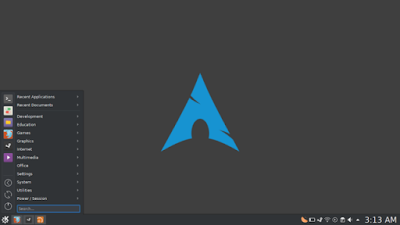
It’s unlikely to hit you with radical changes to its software, making it easier to stick to one way of doing things.

Like Ubuntu, Mint has a massive user base and a highly-active community willing to provide support for any problems you come across.Reliable, stable, community-driven platform that is easy to build on.On the other hand, it’s a remarkably stable Linux distro that doesn’t need as much tinkering as the others as long as you keep your activities simple. Compared to the latest (kind of) stable 1.10.0 version, this one lacks some important menu options and its navigation is less intuitive. The downside of this is that some features you might be used to in some apps might not be there.įor example, RetroArch (a popular game emulation hub) on Linux Mint appears as version 1.7.3, and the package manager compartmentalizes a lot of the assets available to the program.
#Lightweight linux distro lxde upgrade#
Linux Mint is a Debian-based distribution that prides itself on following the mantra of “If it ain’t broke, don’t fix it.” Every single package in its repositories, including the flagship Cinnamon desktop it ships with, is meant to be for the long haul, prompting an upgrade only when absolutely necessary. Unless you’re using the most cutting-edge hardware, much of what you get in newer kernels and software isn’t absolutely necessary.


One caveat: If you’re accustomed to working with Ubuntu and GNOME, you might find the KDE style of doing things to be a bit unsettling at first.


 0 kommentar(er)
0 kommentar(er)
